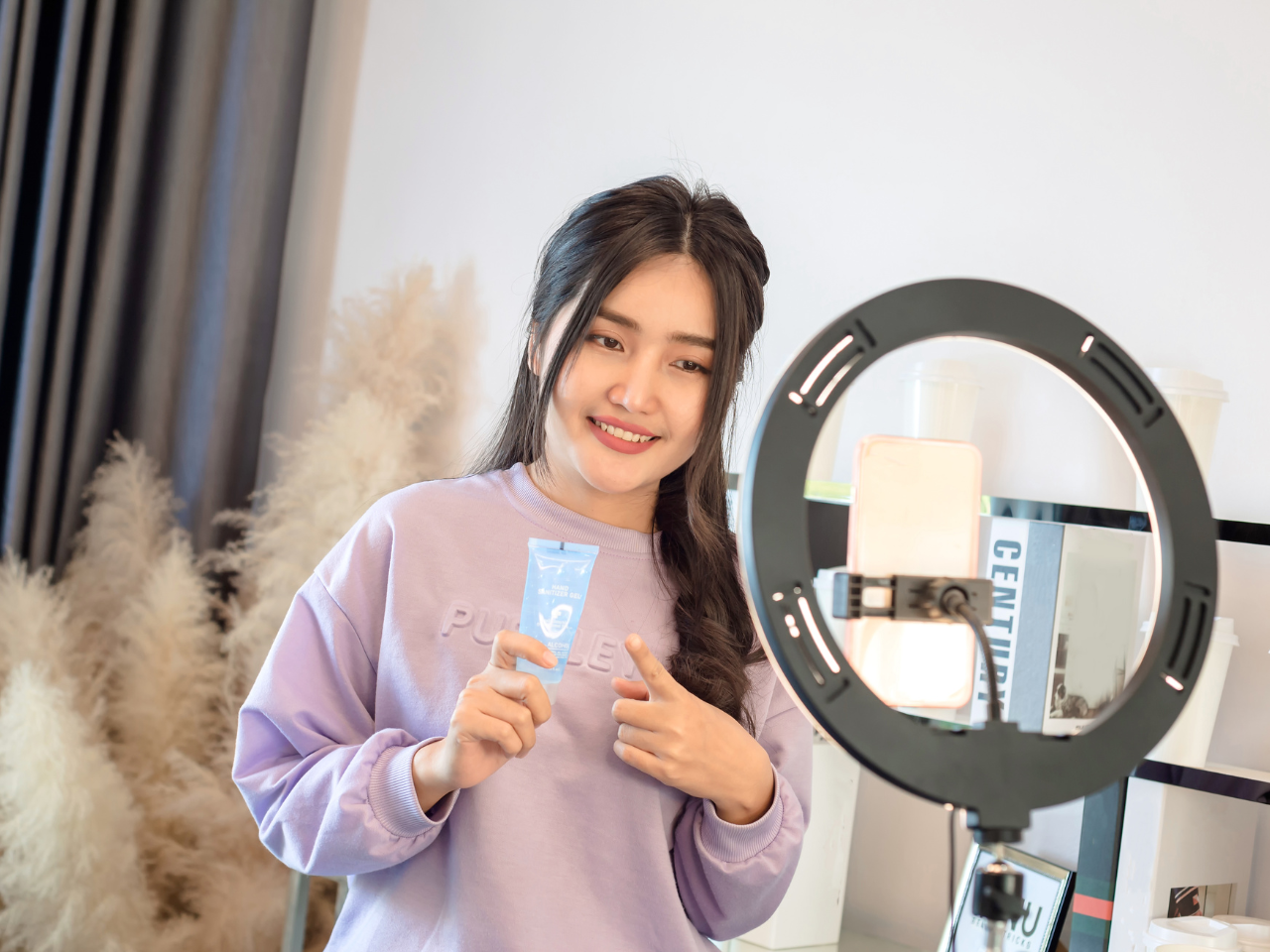Southeast Asia continues to be a top destination for Chinese-speaking travellers—but in 2025, discovery starts long before they land. From choosing a hotel to bookmarking cafés and shopping spots, many turn to Xiaohongshu (RedNote) to guide their plans.
That’s why having a well-crafted Xiaohongshu tourism content strategy is no longer optional for malls, hotels, and F&B brands—it’s essential. If you want to reach these high-intent travellers while they’re researching and deciding, your content must be relevant, localised, and searchable.
Here’s how to do it right.
Why Xiaohongshu Matters for the Chinese-Speaking Tourist
Before making travel plans, many Mandarin-speaking users turn to Xiaohongshu to search for:
They’re not just looking for luxury—they’re looking for recommendations they can trust. And on Xiaohongshu, trust is built by peers, KOLs, and authentic visuals—not ads.
That’s what makes Xiaohongshu an ideal platform for top-of-funnel discovery, especially for lifestyle-driven destinations and services.
Who Should Be Using Xiaohongshu (and Why)
If you fall under any of the categories below, Xiaohongshu could significantly boost your brand’s visibility among Chinese-speaking tourists:
Shopping Malls & Retail Destinations
Malls with strong F&B offerings, beauty retailers, or pop-up experiences can promote “a day in the life” stories, itineraries, or KOL visits. Chinese travellers often plan their shopping routes in advance.
Hotels, Resorts & Boutique Stays
Travellers seek accommodations based on location, design, and amenities. Visual room tours, breakfast spreads, and walk-to-landmark guides are popular content angles.
Cafés, Dessert Spots & Local Eateries
Chinese-speaking travellers are especially drawn to aesthetic cafés and signature dishes. Think latte art, desserts, or Instagrammable plating—paired with useful info like opening hours and halal options.
Attractions & Wellness Destinations
Theme parks, spas, and hidden local gems can benefit from itinerary-style posts, “hidden gem” angles, or family-friendly guides. Xiaohongshu is where those discoveries begin.
What Content Works for Attracting Travellers
To be discoverable and relatable, your content should be localised, search-friendly, and tourist-minded. Here’s what works:
1. Mini Travel Guides
Example:
2. KOL Experience Posts
Invite travel or lifestyle creators to share their entire experience: check-in, service, highlights, pros & cons, photo spots.
3. Visually Driven ‘Photo First’ Content
Use carousels to showcase:
4. User-Led Storytelling
Encourage visitors to tag your business or participate in challenges (e.g. “Snap and Share Your Stay”, “Hidden Gem Café Hunt”).
How to Get Started as a Business
You don’t need a huge ad budget to begin. Here’s a phased approach:
Phase 1: Foundation
Phase 2: Content Seeding
Phase 3: Community Building
Phase 4: Paid Boosting (optional)
Learn more about advertising on Xiaohongshu.
Make Your Brand Discoverable Before They Even Land
Chinese-speaking tourists don’t wait until arrival to explore—they plan their itineraries weeks in advance through platforms like Xiaohongshu. If your brand isn’t part of that journey, you’re missing out on a high-intent audience actively searching for experiences just like yours.
Whether you run a shopping mall, boutique stay, wellness centre, or must-visit café in Southeast Asia, the opportunity is massive—but only if your brand shows up with content that’s relevant, localised, and strategically positioned.
Ready to Attract More Travellers Through Xiaohongshu?
We help Southeast Asian brands craft RedNote strategies that go beyond visibility—focusing on real discovery, engagement, and footfall. From setting up your brand profile and managing content to sourcing travel-focused KOLs, we’ll help you reach Chinese-speaking tourists with intention and impact.
Need help crafting a RedNote content strategy that works for your market?
👉 Get in touch to discuss your goals with our specialised team today and let’s put your destination on the map.




